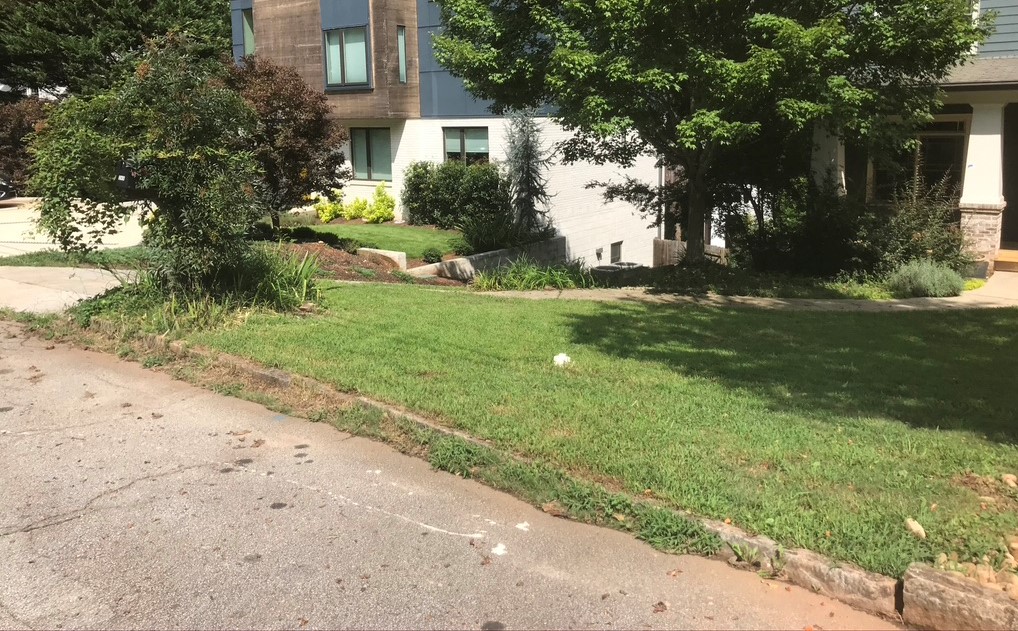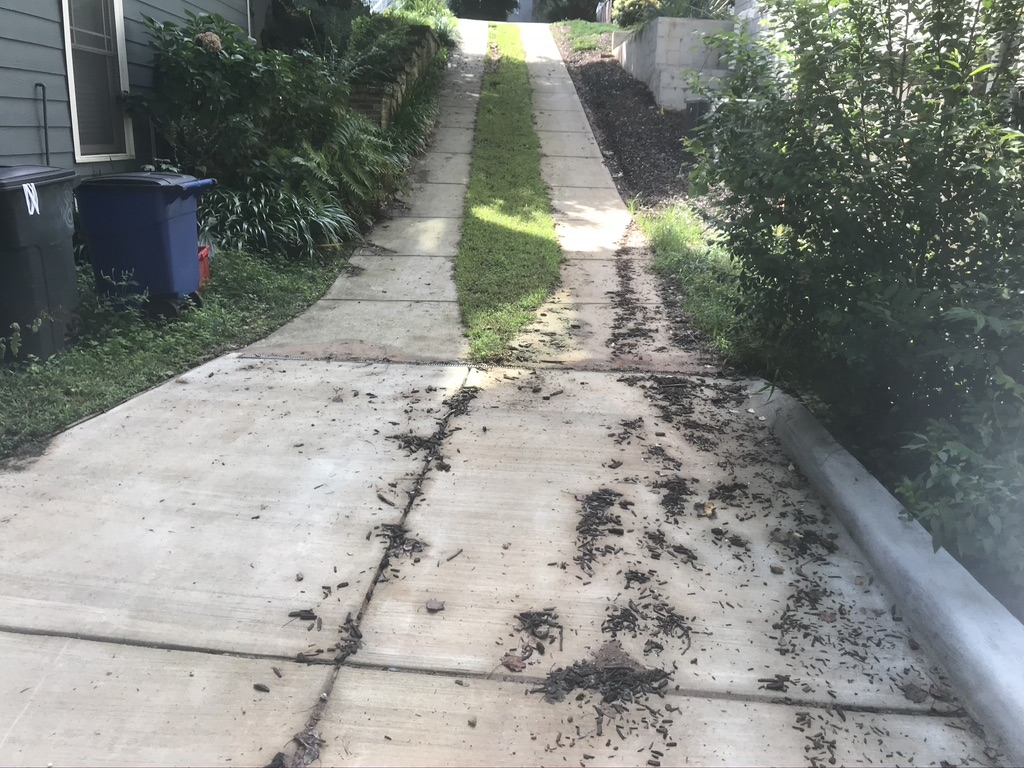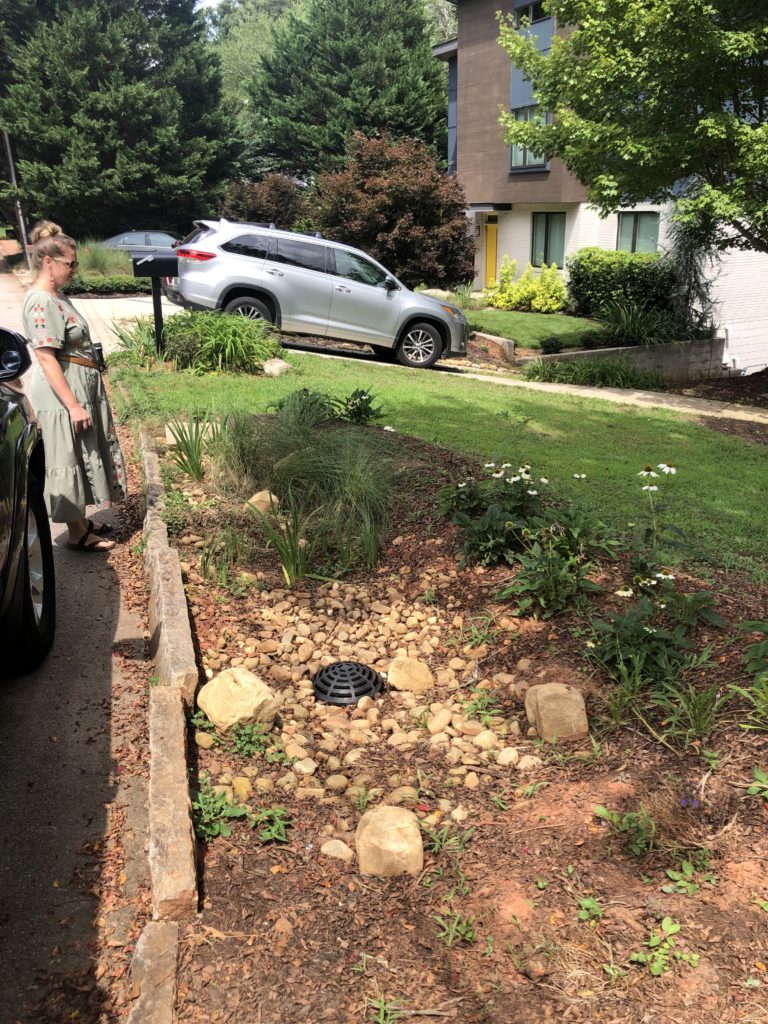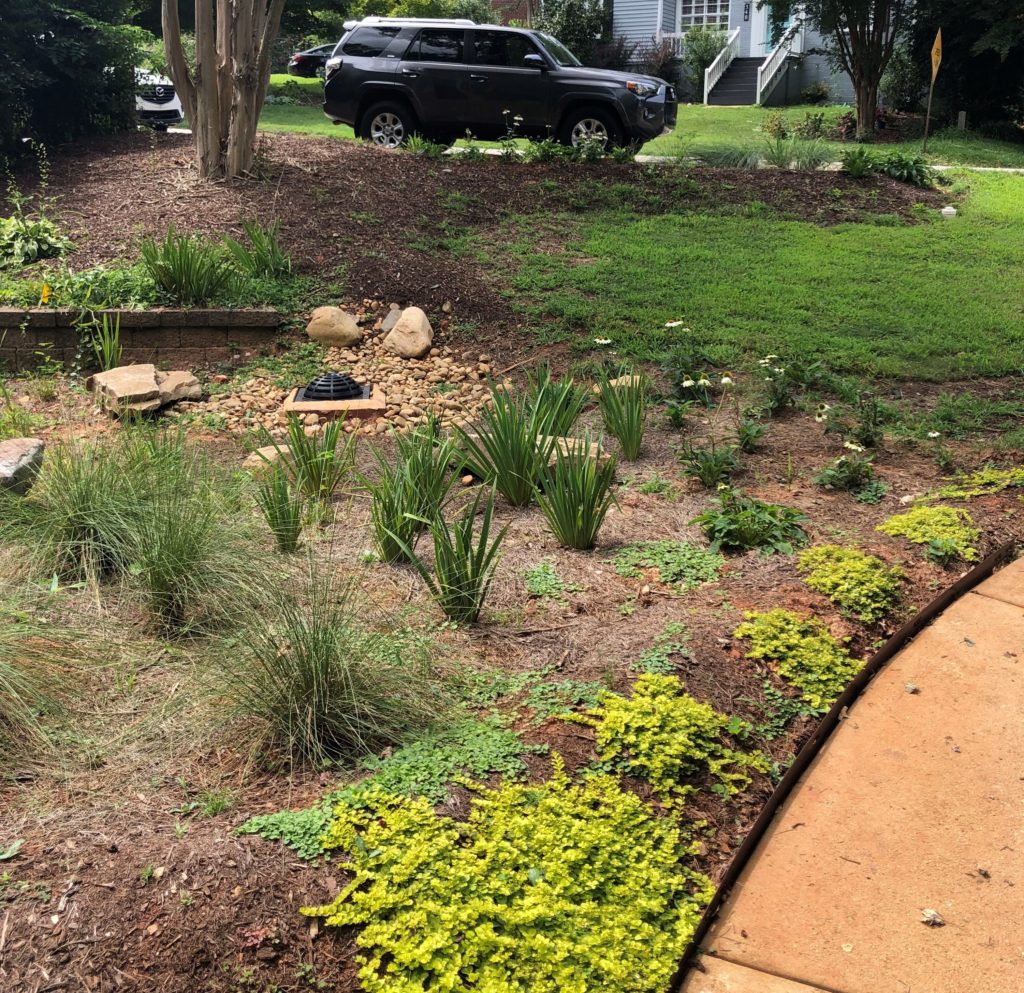Once there was a forest. The diversity of trees and shrubs and understory plants supported communities of creatures from the tiniest unseen microbe to mammals both predator and prey. The cycles of life carried on uninterrupted as the forest provided food for its communities, stored and filtered water to quench the critters’ thirst, and bequeathed life by way of its own decay.
Humans lived there, too. For a long while, in fact, humans lived like any other member of the forest community. They gathered food that it produced and grew more through methods that mimicked natural systems. As just one of many threads in the forest fabric, humans contributed about as much as they took.
But what happens when humans quit contributing? What happens when removal, demolition and extraction exceed what we replace? Simply put, the systems that served to manage the balance of nature cease to work.
While there are a million different ways this conversation could go—the impacts of colonialism, the history of development and planning (or lack thereof), playing the blame game all around—for the sake of this post I want to focus on solutions, and share the story of a recent project with you. The ‘before’ is a classic case of what happens when development in and around our “City in the Forest” disrupts natural systems with the removal of trees, increased impervious surface space and conventional building and landscaping methodology. The ‘after’ is proof that regenerative landscaping techniques work to solve resource management issues and avoid property damage by restoring the functionality of natural systems one yard at a time. Let’s take a look!
Regenerative Landscaping to the Rescue!
As often happens (although this has changed in recent years), these clients came to Shades of Green as a last resort. They inherited a slew of serious water issues with the home they had bought in an Atlanta-area neighborhood not far from our headquarters in Avondale Estates, GA. Their home, located at the lower end of a curve in the road, receives quite literally all of the rainwater runoff from the street and homes above. To make matters worse, the street curb in front of their home had not been built as high as it needed to be, and runoff water habitually ‘jumped’ the curb flowing freely into their yard at high volumes and velocity virtually any time it rained. And the storm water drain was improperly located in the street, not at the lowest spot to optimize collection. Yikes!

A ‘before’ view of the front curb and lawn at our client’s home. The insufficient height of the curb combined with continuous runoff from the road and lawn created serious water issues at this site.
The existing grass lawn in the front of their home exacerbated water management issues. Unfortunately, most standard, single-species grass lawns established on already-compacted urban soils do nothing to slow or infiltrate water, and essentially function as additional impervious surfaces (particularly during quick and heavy rainfall). In fact, turf grasses mown to 3 inches or less have a ‘runoff coefficient’ of about 85%. In layman’s terms, 85% of the water that falls on your lawn is running off. Which is just 5% less than an asphalt shingle roof! Pretty wild. In the case of these clients, runoff from the road combined with that of their lawn, resulting in a barrage of damaging water that flowed directly around and into the foundation of their home almost every time it rained. This created frequent issues with flooding, as well as erosion. On the other side of their home, a severely steep and mostly-impervious driveway sent more uncontrolled water catapulting towards their home and backyard space.

The steep grade and mostly-impervious surface of the driveway funnels runoff from the road and other debris into the backyard of our client’s home.
In a previous effort to fix the issues they faced, our clients enlisted the help of a couple different conventional contractors. The most recent of which did make some progress towards addressing the homeowners’ issues with the installation of drainage infrastructure. But these folks’ home needed so much more. The piping the contractors added to catch and direct water flow didn’t address the problems presented by the land itself, and couldn’t match the massive amount of runoff flowing over the property—once the pipes were at capacity, water continued to flow over the land and wreak havoc.
The Solutions We Used
First, to capture rainfall and runoff from the road in front of their home, we installed a linear rain garden along the street. To prevent water from entering their foundation and continuing to damage their home, we installed a large second rain garden at the corner of their front porch extending into their yard. We corrected the grade of this area and manufactured a berm to ensure that water would be directed away from the house towards proper drainage. In order to troubleshoot issues while optimizing existing infrastructure and save additional cost for our client, we repurposed a previously installed drainage pipe for any potential overflow. We also re-graded around the foundation of their home to direct overland water towards an existing drainage grate above a retaining wall.

The linear street-side rain garden located in front of our client’s home works to capture, slow and sink runoff from the road.

The second, larger rain garden that we installed in our client’s front yard protects their home from damaging runoff and overland water flow.
We installed two additional rain gardens in their backyard to capture and successfully sink overland water flow as well as runoff from their driveway and parking pad. After removing a large quantity of overgrown, invasive species, we planted all of the rain gardens at this home with a bountiful variety of native plants. In addition to the rain gardens, we built and prepared numerous beds for future client plantings by sheet mulching and adding compost to establish the foundation for healthy soil and improved water infiltration.
How It’s Going
It’s now been about 4 months since we completed this project, and I’ve got to tell you—it never gets old seeing our Shades of Green designs at work. The rain gardens and functionality of the designs have truly been put to the test with the multitude of heavy rain events we’ve seen here in Atlanta throughout the spring and summer. As we continue to visit the site and check in with our clients, we’re proud to have helped another family solve such serious issues through working to restore the water cycle. Development is inevitable, but it doesn’t have to be synonymous with destruction. Builders, landscapers and homeowners alike can contribute positively to our environment and avoid costly problems by implementing more regenerative designs and techniques that incorporate wise resource management based on natural systems.